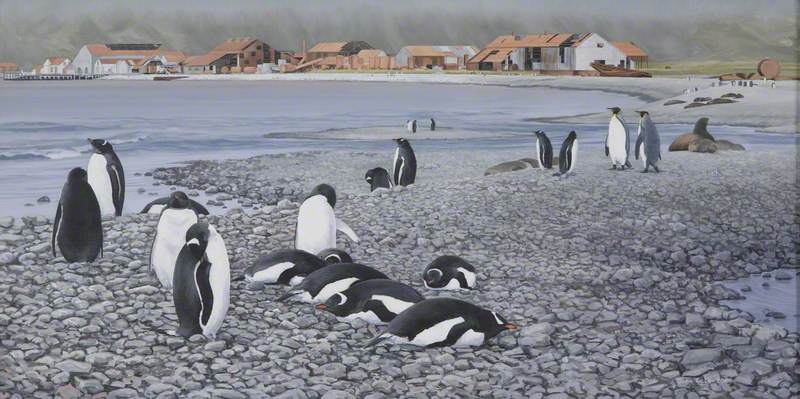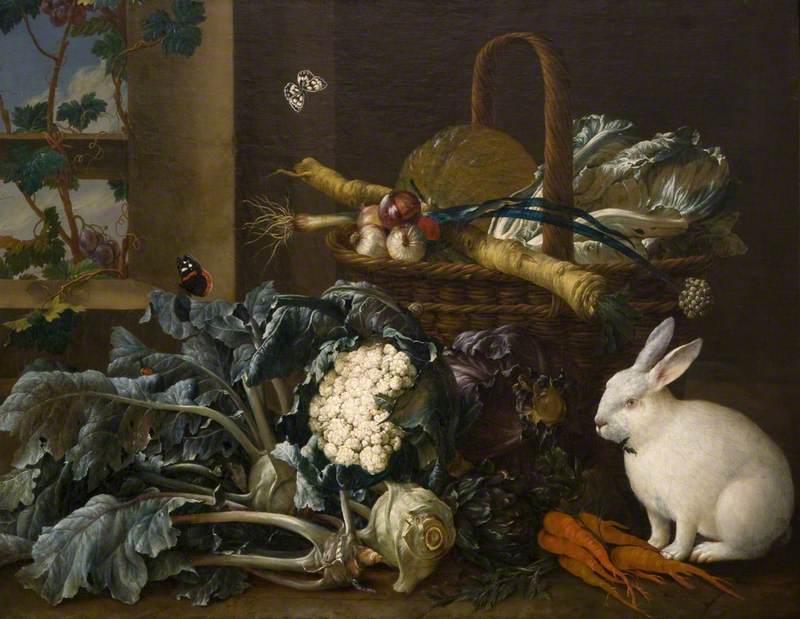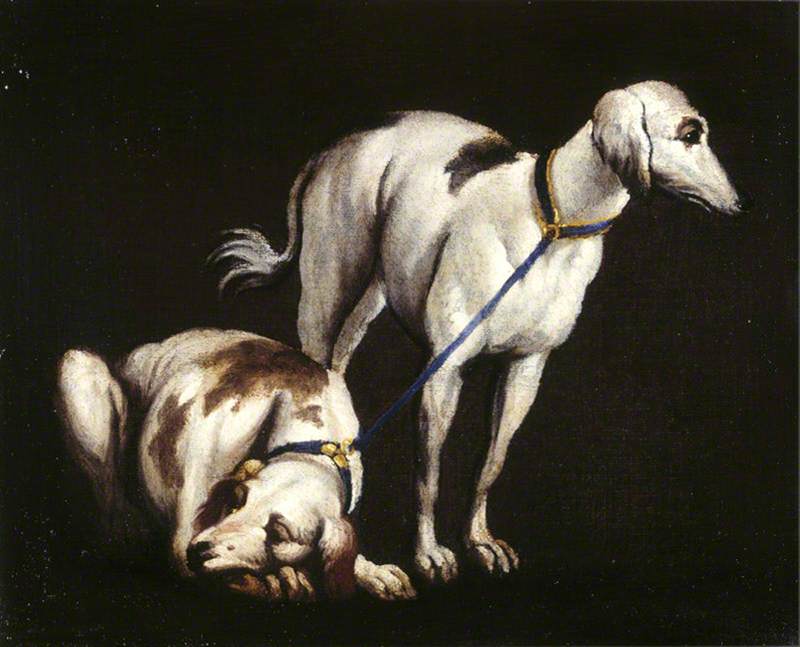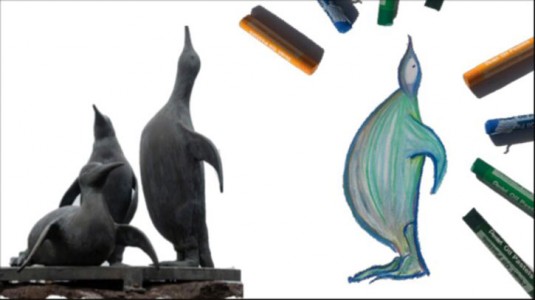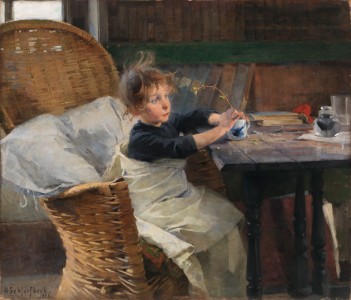The wind was screaming at an unbearable intensity as the Golden Fleece slammed into another huge wave – landing at fifty degrees – as if she had been thrown down from the heavens with all the might a storm force 12 could deliver. I knew the conditions were bad, as I had been thrown out of my bunk a few times. We had been in these conditions for well over 7 hours and as dawn came I managed to get myself up to the wheel house to view a chaotic sea, the likes of which I could not have imagined even in my wildest dreams.
Nobody ever told me it could look like this and I was sure there was no way we were going to get through it. The speed at which haunted waves were charging towards us was remarkable and many were coming right over the wheel house. To date I have spent about six months on various ships and boats in the Southern Ocean and been through some pretty dreadful storms, but nothing had prepared me for this. Suddenly the wind dropped from 85 to 45 knots, the skipper flicked the yacht's controls to auto pilot and went to sleep; we were left safely riding huge swollen waves and heading for home.
So, what was I doing on a 20-metre yacht, stuck in the middle of the Southern Ocean in a hurricane? I was returning to the Falkland Islands having spent the last five weeks on the island of South Georgia. There I had been painting and sketching seabirds, seals and a multitude of other wildlife, as well as the stunning land, sea and icescapes, and of course penguins. On South Georgia there are thousands and thousands of penguins and there is no better place on earth to study, sketch and paint them.
Field work among a colony of gentoo penguins on South Georgia
Generally, penguins inhabit the more remote regions of the lower latitudes of the southern hemisphere, including of course Antarctica and the many subantarctic islands that fringe the region. Here the environment is hostile and presents very challenging and difficult conditions to work in. A combination of wind, rain, sleet, snow and the cold means that often one has to settle for very quick rough sketches of these birds. Sketch books and paper can easily get wet and if you are not careful everything gets smudged or covered in mud, not to mention penguin and seal guano!
I find penguins, however, the most enjoyable birds to study and sketch in the field, let alone develop as subjects for large oil paintings back at home. The majority of penguins show no concern at all by human presence. They are totally relaxed as they carry on with their daily behaviour and consequently have to be just the perfect wildlife subject to sketch and paint in the field. They will often keep still long enough for classic 'life class' discipline and if you are lucky will occasionally come and admire your work. If you are not so lucky they will... well better not say. They are very inquisitive and while you are sitting down sketching will come up to you and fiddle with your boot laces, stick their beaks in your pockets, but watch out they will occasionally walk off with your pencils and rubbers.
Field sketches of king penguins
by John Gale 
Sketching any wildlife in the field can be very challenging. It is very important to understand form and anatomy of your subject in order to produce successful work and there is no better way than to do this by spending hours in the field drawing. My sketches simply focus on form and basic pattern. I sketch quickly, spending little more than a couple of minutes on each drawing and never waste time rubbing anything out.
I will aim to do lots of sketches and don't worry at all if only a few are satisfactory. Many aren't as successful, but still these images will have useful information and I always keep them. If birds are moving I will often throw an image down in a few seconds, often barely looking at the paper while I do it. Portraying birds resting or sitting on nests is much easier than moving birds and often a good place to start understanding their form and structure. As my images progress during a sketching session I will start to draw more complex shapes, these will be much more successful having 'warmed up' with a few easy ones.
In the very cold and wet conditions of South Georgia, I often have to sketch with lots of warm and waterproof clothing on. I use very thin silk gloves which are perfect for keeping my hands warm and aren't too restrictive to hand movements.
As a bird artist I love the challenge of portraying birds in their environment showing a feature of their behaviour and always looking for something new that hasn't been painted before. Studying penguins on South Georgia has provided me with ample opportunities to do this.
On South Georgia there are four resident species of penguin. They all breed in colonies from small loose colonies of gentoos and chinstraps, to the huge packed colonies of king penguins where number can go up to a hundred thousand pairs.
I spent a wonderful day studying a group of king penguins on the edge of a fairly large colony at Miles Bay on the south coast of South Georgia. The resulting painting is called Incubating Kings and is a painting that I am quite happy with.
Incubating Kings
oil on board, 53 x 68cm by John Gale 
The birds are evenly spaced, just out of pecking reach and incubate the single egg that rests on their feet. Birds that are incubating eggs have a hunched posture and are continuously communicating with each other. They often point their beaks at each other, sometimes for a few minutes. This is an odd behaviour that, unless you have seen it, wouldn't think of putting into a painting design. Getting all the birds correctly spaced and positioned is a very important feature of this painting. Achieving this was quite difficult and took a long time to do, especially positioning the birds at the back. I didn't want to detract from the four birds in the foreground and wanted to give the feeling that one could walk through the colony. Spending time among these birds has to be one of my most amazing wildlife experiences, the constant background noise of trumpeting adult birds and whistling of young chicks will be with me forever.
I am always keen to draw and record the harsher aspects of a penguin's life and have incorporated such aspects into paintings back in the studio. Unfortunately for the penguins, they are a major food source for many of the predators that inhabit the region and it is common to see damaged penguins having been attached by giant petrels and skuas. There are the remains of unfortunate souls strewn all over the beaches and hill sides. These make very interesting subjects to draw and record – skulls, flippers, sternums, and ribcages alike. I would often take such remains back to my cabin to draw in comfort. Due to limited space in my cabin, I found a few bits of penguin anatomy had got lost in my bed and only surfaced when I did my weekly sheet change.
Before my departure from the Falklands to South Georgia back in January 2010, I sent down 15kg of casting powder along with all of my art materials on a container ship from the UK. I intended to cast footprints of the various birds and mammals, that of an albatross being the ultimate prize. Due to the constantly wet conditions it proved very difficult finding suitable footprints and the albatross cast was not to be. However, our time at Gold Harbour on the north coast of South Georgia did provide the perfect conditions to get some brilliant casts of king and gentoo penguins' footprints.
Gentoo penguin's footprints
bronze resin cast by John Gale 
Creating these casts was a full day's work; first finding good prints and then standing guard over the plaster while it dried. If I turned my back white chicken-like birds called sheathbills would come and investigate. I was concerned they would jump in the plaster and get it on their feet; huge elephant seals didn't show much respect for the project either. At home, back in Devon, I found the plaster dried in about 30 minutes. In the very cold climate of South Georgia the plaster took up to two hours to dry sufficiently before I could move it.
Risting Glacier, Drygalski Fjord – South Georgia
oil on board, 70 x 100cm by John Gale 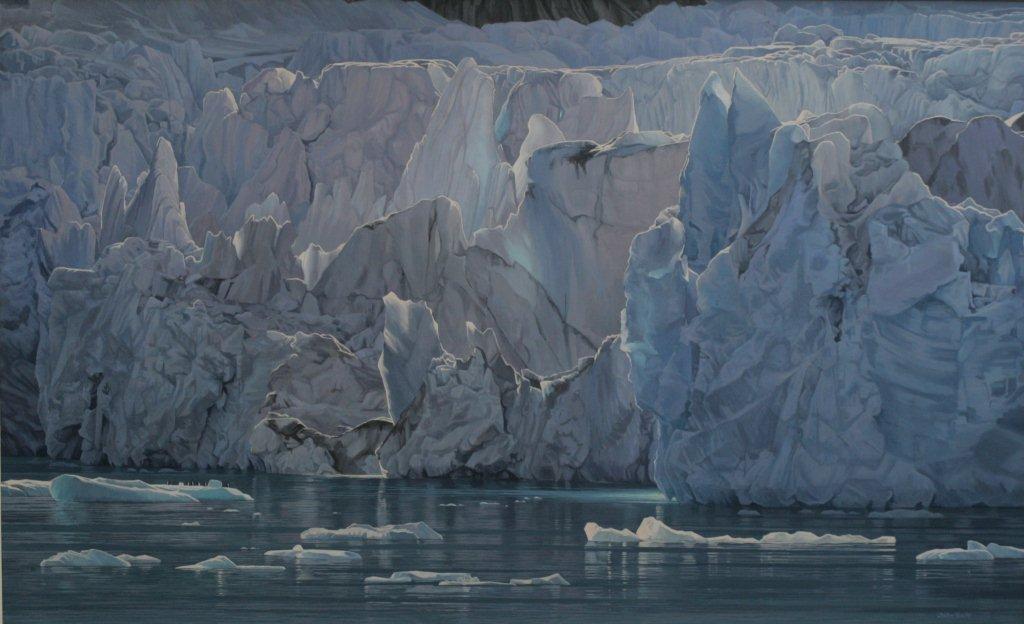
At the end of the five-mile-long Drygalski Fjord on South Georgia, one comes up against the Risting Glacier. I spent a wonderful evening watching the sun slowly drop in the sky producing a stunning light show of reflections, highlights and luminescence. This only lasted about 20 minutes and as soon as the sun went behind the peaks of Mount Cares the ice reverted back to sombre hues of grey and blue tints. A small group of chinstrap penguins sit on one of the larger ice floes.
John Gale – www.galleryofbirds.co.uk
